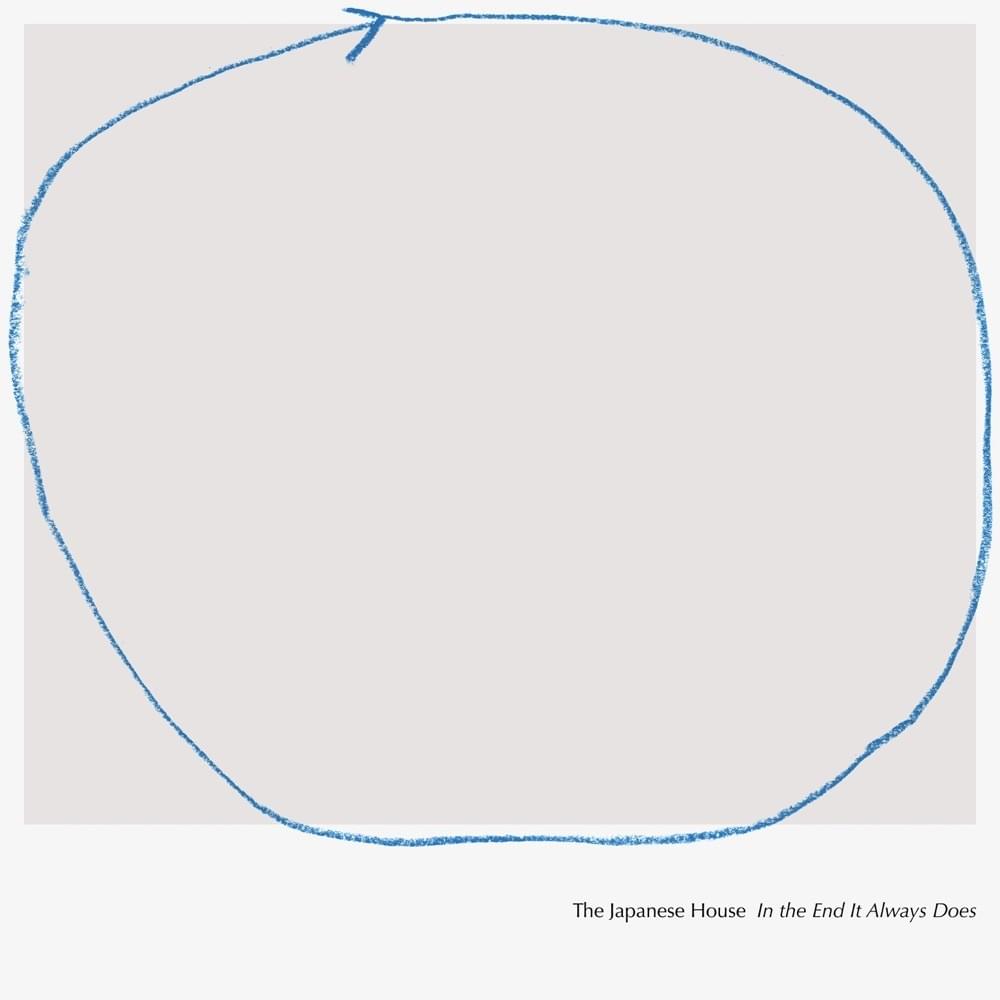TV stations across the U.S. started cutting their analog signals Friday morning, ending a 60-year run for the technology and likely stranding more than 1 million unprepared homes without TV service.
The Federal Communications Commission put 4,000 operators on standby for calls from confused viewers, and set up demonstration centers in several cities. Volunteer groups and local government agencies were helping elderly viewers set up digital converter boxes that keep older TVs functioning. Any set hooked up to cable or a satellite dish is unaffected.
“When you’re alone like me, that’s my partner,” Patricia Bruchalski, 82, said about her TV.
Bruchalski, a pianist and former opera singer who lives in Brooklyn Park, Md., got assistance Thursday from Anne Arundel County’s Department of Aging and Disabilities and a community organization called Partners in Care. After her converter box was installed, Bruchalski marveled that digital broadcasts seemed clearer and gave her more channels – about 15 instead of the three she was used to.
“You’re going to be up all night watching TV now,” volunteer installer Rick Ebling told her.
Around 15 percent of U.S. households don’t have satellite or cable, and they tend to be poorer. Nielsen Co. said minority households were less likely to be prepared for Friday’s analog shutdown, as were households consisting of people under age 35.
A survey sponsored by broadcasters showed that Americans are well aware of the switch, thanks to two years of advertising about it. But many people simply procrastinated.
“We know some viewers will wait until the very last minute, or even after June 12, until they take action,” said Paul Karpowicz, second vice chair of the television board of the National Association of Broadcasters.
Fox affiliate WUPW in Toledo, Ohio, cut its signal at 8 a.m., making it one of the first stations to go. By 10:15 a.m., the station’s four-person phone bank had received 40 calls, said chief engineer Steve Pietras.
Many callers wanted help connecting their converter boxes, Pietras said. They had put off hooking them up until Friday because they thought that was the day digital broadcasting started. Like most stations, WUPW has been broadcasting digitally for years, alongside analog.
“That’s kind of causing some last-minute jitters in a lot of people,” Pietras.
One caller was completely unaware of the analog shutdown.
Another cause of confusion is that many stations were moving to new frequencies Friday. That means that even digital TV sets and older sets hooked up to converter boxes need to be set to “re-scan” the airwaves on Friday and over the weekend. New TVs and the converter boxes have menu options, accessible through their remote controls, to enable a re-scan.
Some people might also need new antennas, because digital signals travel differently than analog ones. While an analog station that came in imperfectly might have had static but remained viewable, digital generally comes in all or nothing. Indeed, one of Bruchalski’s newly available stations looked pixelated, and Ebling said she might have to get a different antenna.
The shutdown of analog channels opens part of the airwaves for modern applications like wireless broadband and TV services for cell phones. The government reaped $19.6 billion last year by selling some of the freed-up frequencies, with AT&T Inc. and Verizon Wireless the biggest buyers.
The shutdown was originally scheduled for Feb. 17, but the government’s fund for $40 converter box coupons ran out of money in early January, prompting the incoming Obama administration to push for a delay. The converter box program got additional funding in the national stimulus package.
Research firm SmithGeiger LLC said Thursday that about 2.2 million households were still unprepared as of last week. Sponsored by the broadcasters’ association, it surveyed 948 households that relied on antennas and found that 1 in 8 did not have a digital TV or digital converter box.
Nielsen Co., which measures TV ratings from a wide panel of households, put the number of unready homes at 2.8 million, or 2.5 percent of the total television market, as of Sunday. In February, the number was 5.8 million.
The unprepared can call 1-888-CALL-FCC for guidance or to request the $40 converter box coupons. Coupon requests will accepted until July 31 or the funding runs out. The coupons need to be used when a converter box is bought, and it takes nine business days to get a coupon, so people who order coupons Friday will have to wait to take advantage of the subsidy. Electronics stores generally sell converter boxes for $40 to $60.
Nearly half of the nation’s 1,760 full-power TV stations had already cut their analog signals even before Friday, mostly in less populated areas. Stations ending the broadcasts Friday were doing so throughout the day, with many waiting until the evening.
Even after Friday, low-power analog stations and rural relay stations known as “translators” will still be available in some areas. And about 100 full-power stations will keep an analog “night light” on for a few weeks, informing viewers they should switch to digital reception.
The switch comes as many stations are struggling financially because of a drop in advertising, and 21 stations will simply go off the air after cutting their analog signals. Most of these are owned by Equity Media Holdings, which is under bankruptcy protection.





























